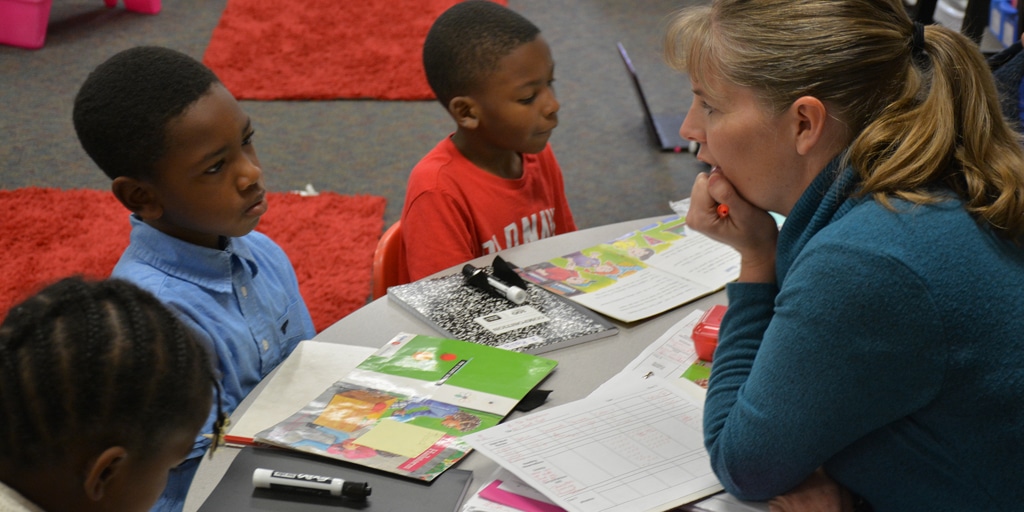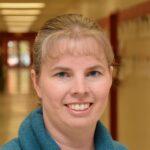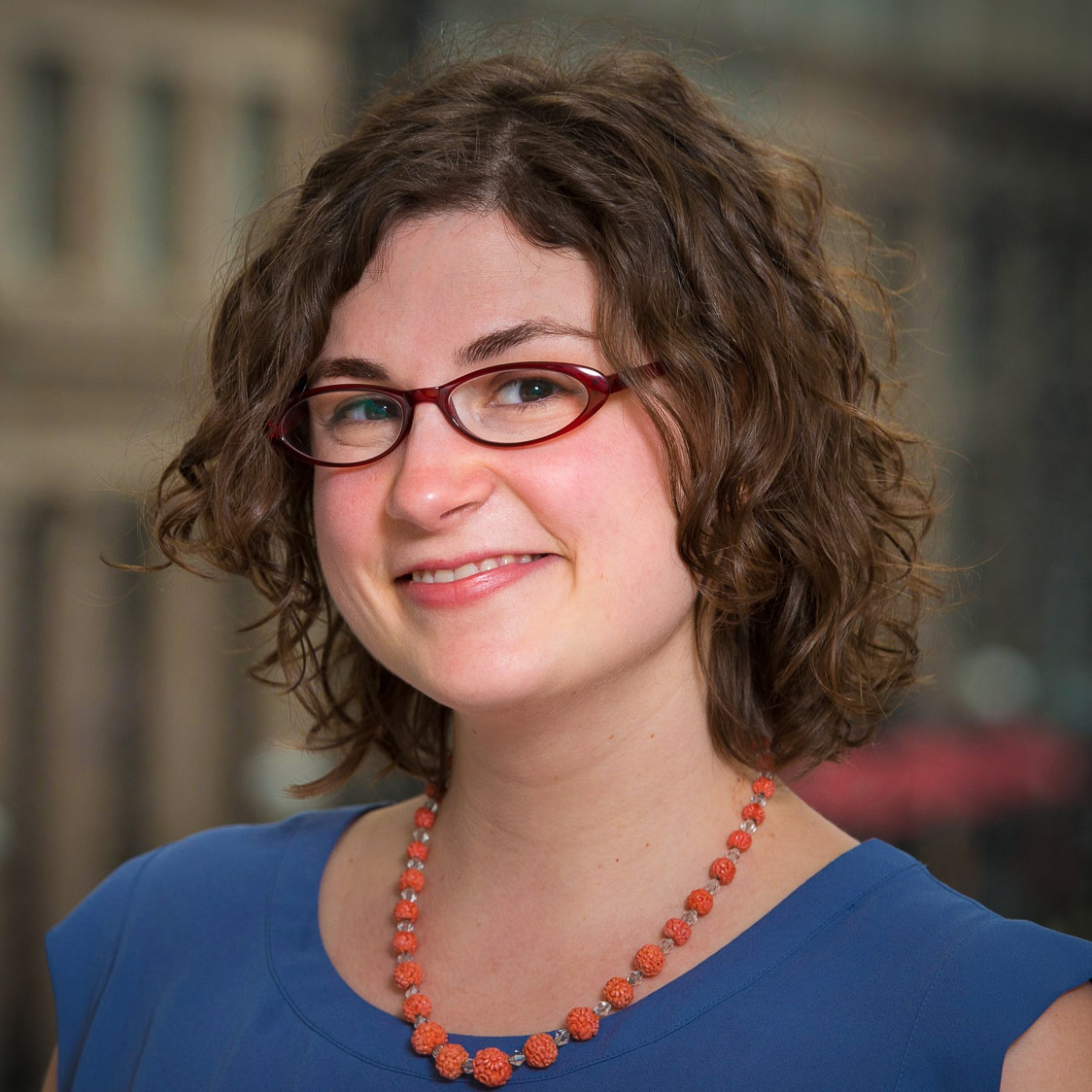
At the start of this school year, there were 22 students in Michelle Maroney’s second grade class. And those 22 students? They were reading at 11 different text levels.
“There was no possible way to meet the needs of all of those children,” says Maroney, who has been a teacher for more than twenty years and served as a literacy coach before coming to Batesburg-Leesville Primary School (BLPS) in Batesburg-Leesville, South Carolina. Her school is supporting teachers in a district-wide push to personalize learning, but even relying on small group instruction and other student-centered strategies, Maroney knew her students needed more.
“The other second grade teachers were on the same page. We had to address this need, and we knew guided reading was the answer,” says Maroney. “But that was the hard part.”
Maroney and her fellow teachers looked at their schedules and realized they had common times when students would be working on independent reading in all the second-grade classrooms. To meet the needs of all the second graders, they grouped students of similar reading levels across classrooms. Each group would get the focused, guided reading instruction they needed, but maybe not from their primary teacher.
“We need to work together as a team because we can’t do this on our own,” Maroney says, who acknowledges the hesitation of teachers feeling that they were giving up “my kids.” But for Maroney, all the second graders of BLPS “are our kids.”

“Personalized learning makes you think about kids individually, not as a whole group.”
“She gives us kind of hard books, because we read on a very high level,” says Tyrese Holmes, a second grader. Holmes is in the same reading group as Kaylee Riendeau, another second grader.
“At the beginning of the year she gave us a word list,” says Riendeau, who, like Holmes and all the students at BLPS, also tracks her progress in reading in a data notebook. “That’s how we get our reading level. You get to get to different reading levels in fall, winter and spring.”
The reading groups are constantly in flux from day-to-day, as well, as Maroney and her peers are keeping a regular, running record of a student’s fluency, accuracy and comprehension. The students pulled in groups for guided reading are determined by the previous day’s work. As soon as they’re ready to move on to a new text level group, Maroney and her fellow second-grade teachers reevaluate the balance of their groups to accommodate the shift.
Though the administration supported their efforts to innovate, the effort was teacher-driven. Maroney credits her perspective this year on the district’s support of personalized learning and feeling empowered by the administration to do things a little differently to best serve her learners.
“Personalized learning has made me look at my practice a lot differently,” says Maroney. “At the beginning of my career, I hate to look back and think about it – but I taught to the middle group. It was whole group instruction. But now, I look at each child individually. What do I need to do differently to meet the needs of this child? Personalized learning makes you think about kids individually, not as a whole group.”
in Marysville, Ohio, they’re building a culture of risk-taking and trust, which is essential to a successful implementation of personalized, competency-based learning.


